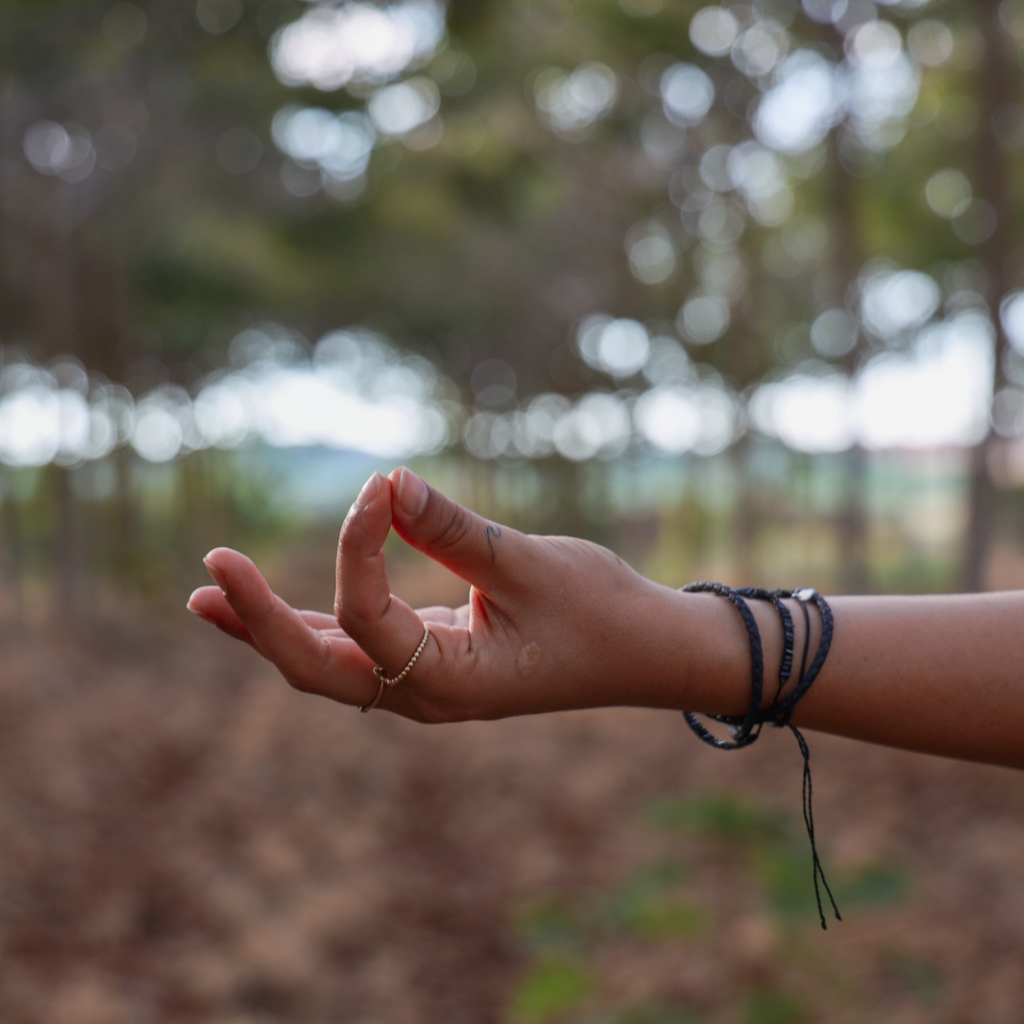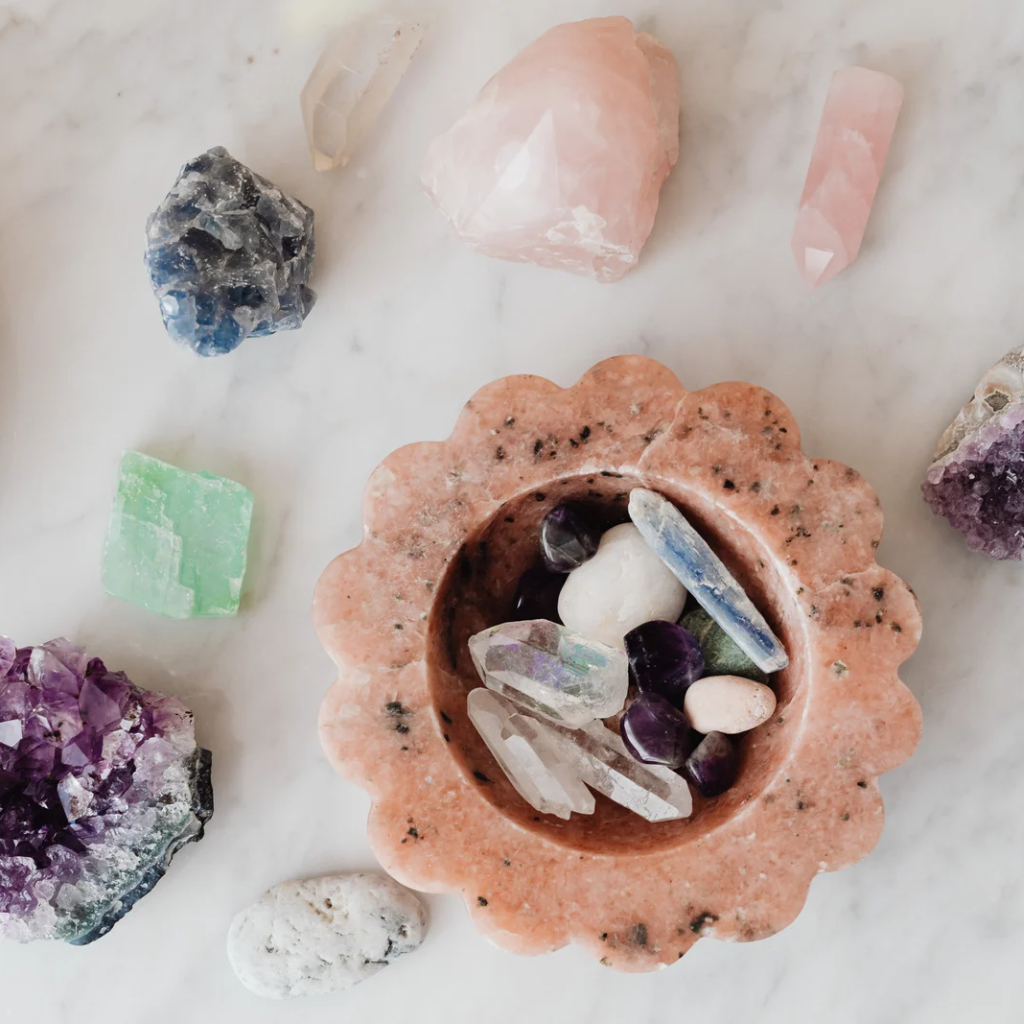What Are Pittas In Yoga? Find Out Which Pitta You Are!

In yoga, Pittas are one of the three doshas, or energies, that make up the human body. According to Ayurveda, a holistic system of medicine from India, Pitta is responsible for digestion, metabolism, and transformation. Understanding your Pitta dosha can be helpful in your yoga practice and in life, as it can provide insight into your strengths and weaknesses, and guide you towards a more balanced and healthy lifestyle.
What Are Pittas In Yoga?
In yoga, Pittas are one of the three doshas, along with Vata and Kapha. Doshas are energies that make up the human body and determine our physical and mental characteristics. According to Ayurveda, each person has a unique combination of doshas that make up their constitution, or prakriti. Understanding your prakriti can help you identify imbalances and make lifestyle choices that support your overall health and well-being.
Pitta is associated with the fire element and is responsible for digestion, metabolism, and transformation. Pitta governs the digestive system, liver, spleen, small intestine, and skin. People with a Pitta constitution tend to have a medium build, sharp features, and warm, oily skin. They are often intelligent, ambitious, and passionate, but can also be irritable, perfectionistic, and prone to anger.
There Are Five Subtypes, Or Sub-Doshas, Of Pitta In Ayurveda:
Pachaka Pitta:
This subtype of Pitta is responsible for digestion and metabolism. It governs the stomach, small intestine, and liver. People with a dominant Pachaka Pitta tend to have a strong appetite, good digestion, and may be prone to acid reflux and heartburn.
Ranjaka Pitta:
This subtype of Pitta is responsible for the formation of blood and the production of bile. It governs the liver and spleen. People with a dominant Ranjaka Pitta tend to have a ruddy complexion, strong digestion, and may be prone to skin conditions like eczema and psoriasis.
Sadhaka Pitta:
This subtype of Pitta is responsible for mental digestion and governs the mind and emotions. It is associated with the heart and helps us process emotions and experiences. People with a dominant Sadhaka Pitta tend to be intelligent, analytical, and may be prone to anxiety and stress.
Alochaka Pitta:
This subtype of Pitta is responsible for visual perception and governs the eyes. It helps us perceive light and color, and supports clear vision. People with a dominant Alochaka Pitta tend to have good eyesight but may be prone to eye strain and headaches.
Bhrajaka Pitta:
This subtype of Pitta is responsible for skin health and governs the skin. It helps regulate body temperature and supports healthy skin. People with a dominant Bhrajaka Pitta tend to have oily skin, may be prone to acne and rashes, and may be sensitive to sunlight.
How Can You Find Out Which Pitta You Are?
To find out which Pitta subtype you are, it is best to consult an Ayurvedic practitioner who can perform a detailed assessment of your physical and mental characteristics. However, there are some general guidelines that can give you an idea of your dominant Pitta subtype.If you tend to have a strong appetite, good digestion, and are prone to acid reflux, you may have a dominant Pachaka Pitta. If you have a ruddy complexion, strong digestion, and are prone to skin conditions like eczema and psoriasis, you may have a dominant Ranjaka Pitta. If you are intelligent, analytical, and prone to anxiety and stress, you may have a dominant Sadhaka Pitta. If you have good eyesight but are prone to eye strain and headaches, you may have a dominant Alochaka Pitta. If you have oily skin, are prone to acne and rashes, and are sensitive to sunlight, you may have a dominant Bhrajaka Pitta.
It is important to remember that most people have a combination of Pitta subtypes, with one or two subtypes being dominant. By understanding your dominant Pitta subtype, you can make lifestyle choices that support your health and well-being.
Why Is This Information Important?
Understanding your Pitta dosha can be helpful in your yoga practice and in life. By knowing your dominant Pitta subtype, you can tailor your yoga practice to suit your specific needs. For example, if you have a dominant Pachaka Pitta, you may benefit from poses that stimulate the digestive system, such as twists and forward folds. If you have a dominant Alochaka Pitta, you may benefit from eye exercises and poses that help relieve eye strain and tension.Knowing your dominant Pitta subtype can also help you make lifestyle choices that support your overall health and well-being. For example, if you have a dominant Ranjaka Pitta, you may benefit from a diet that supports liver health, such as a diet rich in bitter greens and other liver-supporting foods. If you have a dominant Bhrajaka Pitta, you may benefit from avoiding direct sunlight during the hottest part of the day and using sunscreen to protect your skin.
Understanding your Pitta dosha can provide valuable insight into your strengths and weaknesses, and guide you towards a more balanced and healthy lifestyle. By working with your dominant Pitta subtype, you can make lifestyle choices that support your overall health and well-being, and optimize your yoga practice for maximum benefit.


Leave a comment